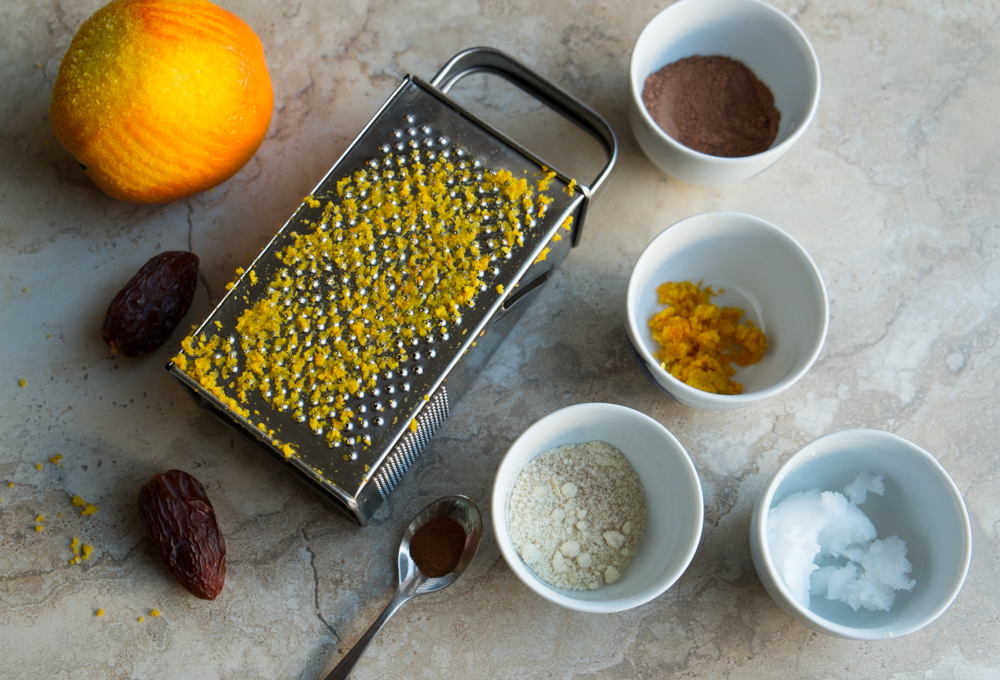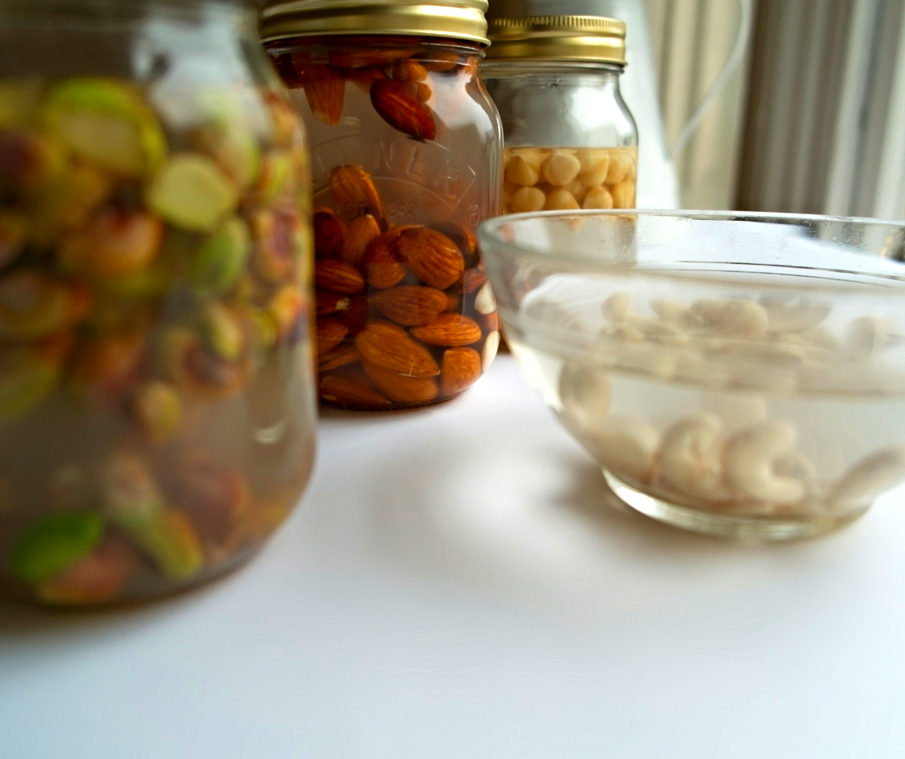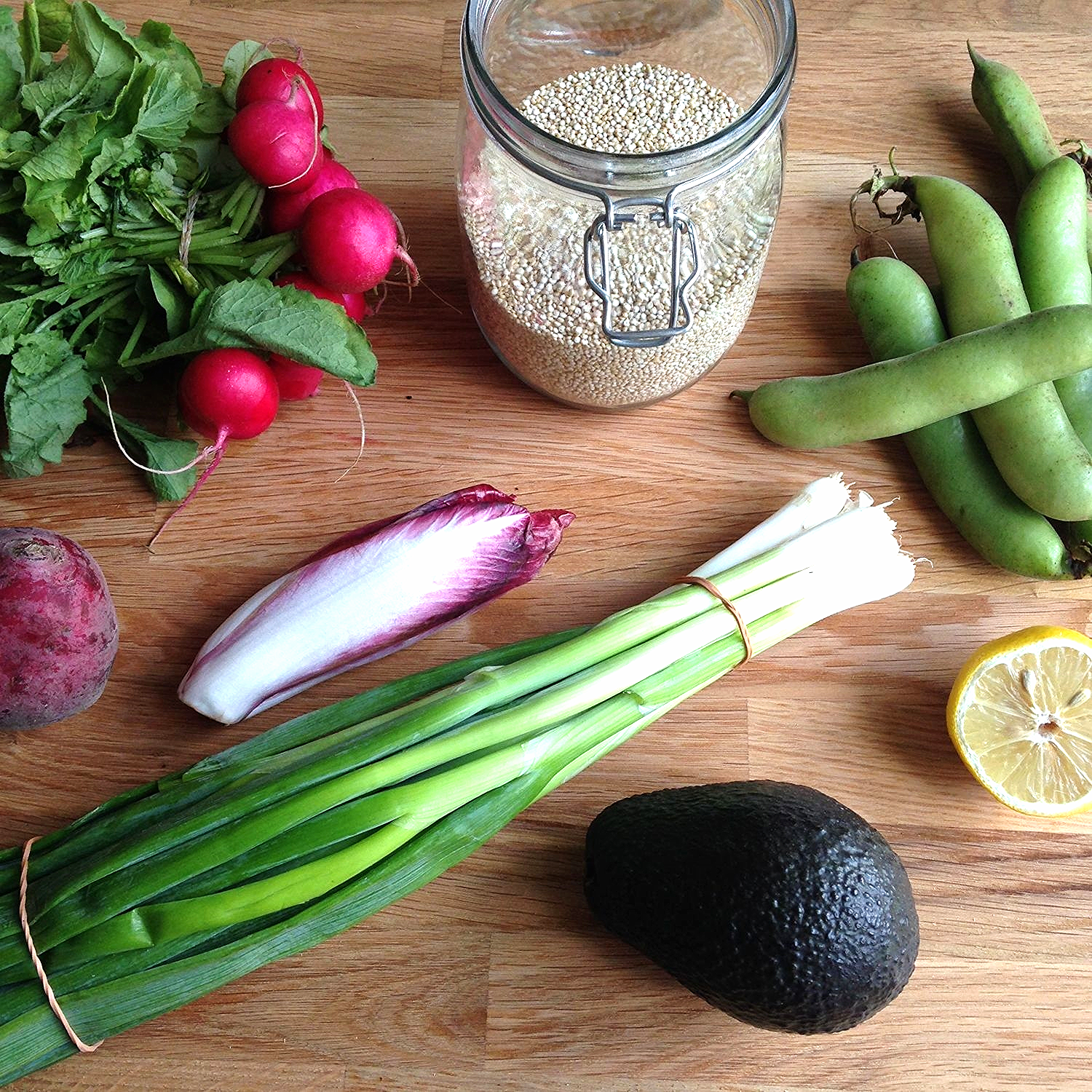If you're craving a sweet treat, why not opt for something full of anti-oxidants, fibre and good fats that will hit the spot (without any of the processed, refined sugars, oils or carbs).
These orbs make a great treat, and would be an ideal high energy snack during labour (if you feel like eating). Make some up and keep them in the fridge/freezer so you have them on hand.
While this recipe does include chocolate, it's in the form of cacao, it's un-processed form. This preserves more of the beans' nutrients and active enzymes.
Cacao is particularly high in antioxidant flavonoids and minerals. But while it has some nutritional benefits, it also contains some less beneficial substances including caffeine (which should be limited in pregnancy) and oxalic acid, which blocks calcium absorption.
So while cacao in its pure form is way better for you than processed chocolate, treat it in the same way: keep it for treats.
Just sweet enough
Medjool dates are a brilliant sweetener. Their gooey texture adds a caramel-like richness and unlike many other sweeteners, they also contain fibre to support healthy digestion (so these orbs may help to combat constipation - win win!).
The quantities I use in this recipe create quite a bitter flavour. How sweet you like your orbs is down to personal taste, but I'd recommend trying these proportions first and adding another date if you prefer more sweetness.
Chocolate orange orbs
Makes 9
Ingredients
1tbsp raw cacao powder
1tbsp ground almonds
1tbsp coconut oil
2 medjool dates - chopped
1/2 tsp ground cinnamon
Zest of half an organic orange
Pinch of sea salt
Mix all ingredients in a food processor and then roll into balls, using a teaspoon of mixture for each one.
Lay the orbs out on greaseproof paper. Cover and refrigerate for at least an hour so they set and become firm.
Remove from the fridge, sprinkle half a teaspoon of cacao into a bowl and roll each orb in the powder to coat it, shaking off any excess.
Serve straight from the fridge or at room temperature.





























